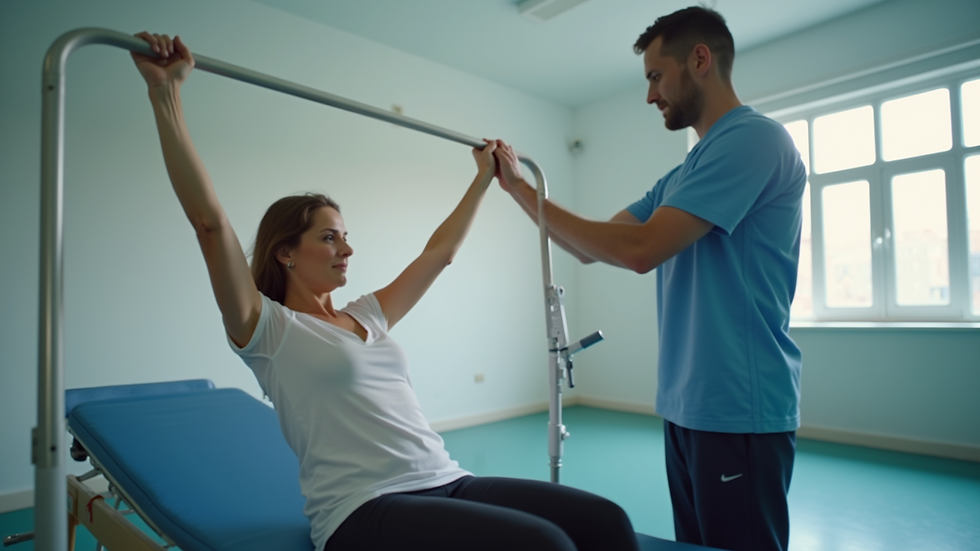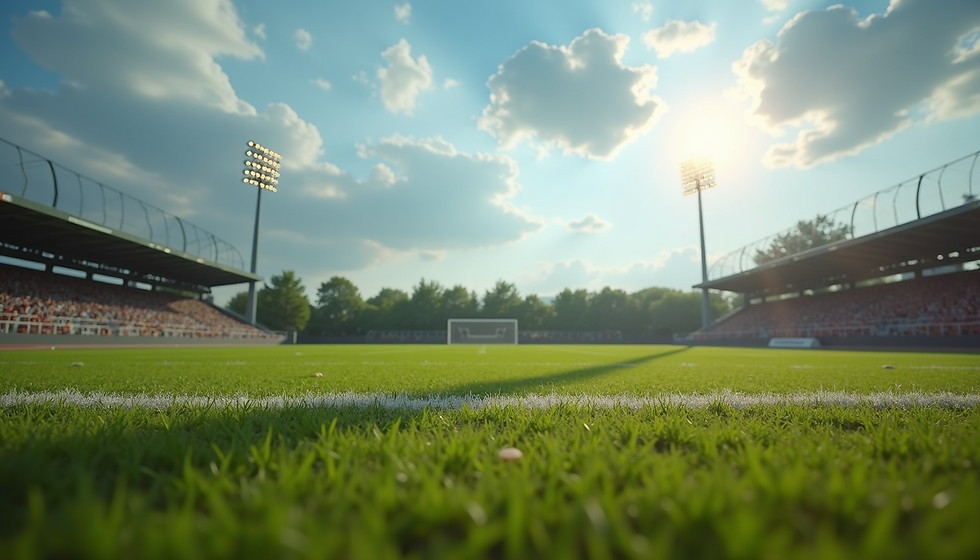Understanding the Intricacies of the Anterior Cruciate Ligament ACL
- Gifted Gabber

- May 26
- 3 min read
The anterior cruciate ligament (ACL) is vital for knee stability and movement. For athletes and active individuals, knowing about the ACL is key not just for performance but also for preventing injuries. This blog post explains the ACL's anatomy, function, common injuries, and the latest treatment options in an easy-to-understand format.
Anatomy of the ACL
The ACL is a central ligament found in the knee. It connects the femur (thigh bone) to the tibia (shin bone) and crosses behind the patella (kneecap). This structure is critical for keeping the knee stable during dynamic movements like running, jumping, and pivoting.
The ACL has two main bundles: the anteromedial and posterolateral bundles. Together, these bundles resist forces that may push the tibia too far forward compared to the femur, ensuring the knee holds its alignment during physical activity.
Function of the ACL
The primary role of the ACL is to keep the knee joint stable. It stops the tibia from sliding forward and helps control rotational movements. This stability is essential for athletes engaged in high-impact sports.
For instance, in soccer, players make around 1,500 changes in direction per game. A healthy ACL is crucial to withstand these stresses and prevent injuries.
Common ACL Injuries
ACL injuries rank among the most prevalent knee injuries, especially for athletes. They often occur during sudden stops, rapid direction changes, or awkward landings.
Types of ACL Injuries
Sprains: These partial tears are graded on a scale from Grade I (mild) to Grade III (severe). A Grade III sprain occurs when the ligament completely tears.
Tears: Complete tears lead to severe instability, usually requiring surgical intervention.
Contusions: Bruises to the ACL can occur due to impact, resulting in pain and swelling.
Symptoms of ACL Injuries
People with ACL injuries typically experience immediate symptoms such as a "pop" sound during the injury, swelling, pain, knee instability, and a limited range of motion. Timely diagnosis and treatment are vital to minimize damage and promote recovery.
Diagnosing ACL Injuries
A thorough assessment by a healthcare provider is crucial for diagnosing ACL injuries.
Physical Examination
This examination reviews the knee's range of motion, strength, and stability. Healthcare professionals may assess whether the knee moves as it should under stress.
Imaging Tests
Often, imaging tests like X-rays and MRIs help confirm the diagnosis and clarify the injury's extent. A study from the American Journal of Sports Medicine found that about 70% of ACL injuries can be clearly identified through MRI.
Treatment Options
The approach to treating ACL injuries depends on injury severity, activity level, and overall knee health.
Non-Surgical Treatments
Physical Therapy: Many mild injuries respond well to strengthening exercises and rehabilitation to restore function.
Bracing: A knee brace can provide essential support during recovery.
Surgical Treatments
For complete tears, surgery may be necessary to rebuild the ACL. Statistics show that approximately 100,000 ACL reconstruction surgeries are performed each year in the United States.
Rehabilitation
Post-surgery, a robust rehabilitation program is essential for recovery. This should focus on rebuilding strength, stability, and motion in the knee.

Prevention of ACL Injuries
Preventing ACL injuries is vital, especially for athletes engaged in high-risk sports.
Strength Training
Strength training that focuses on the core and leg muscles can boost knee stability. A study indicates that athletes who incorporate strength training reduce their risk of ACL injuries by up to 50%.
Proper Techniques
Learning techniques for jumping, landing, and changing directions can significantly decrease ACL injury risk. Coaches should be proactive in teaching these skills.
Foam Rolling and Stretching
Integrating flexibility exercises and foam rolling into warm-ups proves effective in preventing injuries.
Summary of Key Points
Understanding the key aspects of the anterior cruciate ligament (ACL) is essential for anyone involved in physical activities, particularly athletes. By knowing the ACL's role, common injuries, and treatment and prevention strategies, individuals can take proactive steps to safeguard their knee health.
A comprehensive approach involving strength training, mastering proper techniques, and following a solid rehabilitation plan can significantly lower the chances of experiencing an ACL injury. As research continues to provide insights into the ACL's function and recovery methods, athletes will be better equipped to enhance their performance and maintain an active lifestyle.
Taking charge of your knee health, focusing on prevention and appropriate treatment, is essential in today’s active world.



Comments